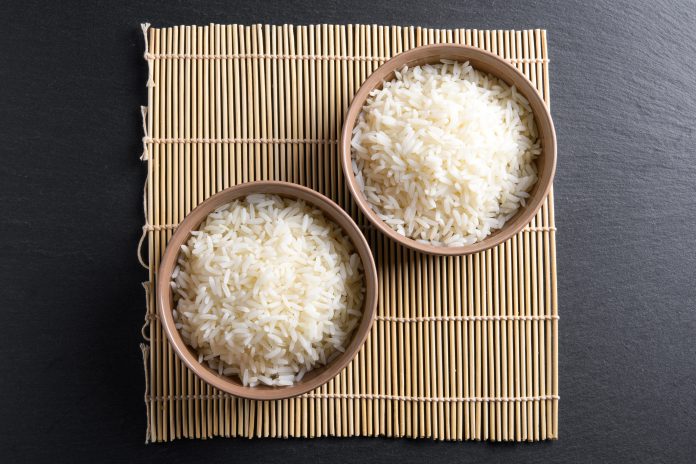Genetically modified rice could be used to lessen food shortages caused by climate change, as salt tolerance allows it to grow in warmer conditions
As climate change affects rising sea levels, many places are struggling with seawater inundation – where salt water from the sea is flooding further inland and destroying crops which can’t cope with the increased salinity. Genetically modified rice could be the answer.
Rice is arguably the most important food crop on earth – it is relied on by 3.5 billion people every single day, and 30% of the world’s freshwater supply is used to grow the crop.
By engineering the rice, researchers can reduce the number of stomata that rice has, making them more tolerant to salt water.
The researchers from the University of Sheffield, working alongside the High Agricultural Technology Research Institute (HATRI) in Vietnam, studied 72 rice varieties, both natural and genetically modified.
Investigating whether they can make dwarf rice varieties – which produce the highest crop yields – researchers are looking to make crops more heat-resistant.
As sea levels rise, seawater is causing increasing damage to crops
Reducing the number and size of stomata could make rice harder to grow in extremely hot temperatures. As rice with fewer stomata is more drought resistant – needing up to 60% less water – researchers have also shown that the same plants are also able to grow in salty conditions.
Rice, being the most important crop, is also one of the worst affected crops – in countries like Vietnam it is becoming harder and harder to grow due to increasing seawater interference.

Genetically engineering rice to have better salt tolerance could allow it to be grown in places it would otherwise fail.
Stomata are openings that most plants have which regulate carbon dioxide uptake for photosynthesis, along with the release of water vapour. This is extremely beneficial in places prone to drought.
Rice with larger stomata could be better suited to growing in extremely warm temperatures
This entails that rice can be adapted to survive in environments that are becoming harsher due to climate change, which will help in tackling food insecurity around the globe.
As a result, to make sure that rice can grow as effectively as possible in different countries and environments, different modifications will need to be made.
“…integral to feeding a growing population that is projected to reach 10 billion in 60 years’ time”
Dr Robert Caine, Lead Author of the study from the University of Sheffield’s School of Biosciences, said: “Rice is a hugely important food crop eaten by over half the world’s population on a daily basis. Ensuring that it can survive in harsher conditions caused by climate change will be integral to feeding a growing population that is projected to reach 10 billion in 60 years’ time.
“Our findings reveal how rice can be modified to grow as effectively as possible in different climates – varieties of rice that have less stomata can survive with less water and in places with salt water. Meanwhile, natural rice varieties with fewer, bigger stomata are able to thrive in hotter temperatures.”











